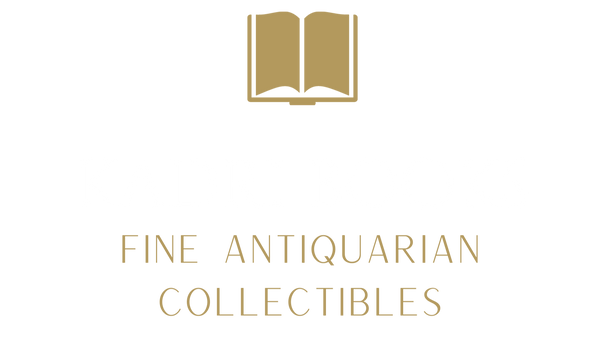
The History of the Modern Book
Share
The history of the modern book is a fascinating and complex one, reflecting the technological and cultural developments that have shaped society over the centuries.
One of the earliest precursors to the modern book was the scroll, which was used in ancient civilizations such as Egypt, Greece, and Rome to record and transmit information. Scrolls were made by writing on papyrus or parchment and rolling them up for storage and transportation.
The codex, which is a book made up of bound sheets of paper or parchment, began to replace the scroll in the 1st century AD. The codex was more compact and easier to use than the scroll, and it became the dominant form of the book for many centuries.
In the medieval period, the production of books was a labor-intensive process that was typically carried out by monks in monasteries. The materials and techniques used to create books during this time included vellum (a type of parchment made from calfskin), quills (feather pens), and ink made from a mixture of soot and water.
The printing press, which was invented in the 15th century, revolutionized the production of books. The printing press allowed books to be mass-produced, making them more widely available and less expensive. This had a significant impact on the spread of knowledge and the development of education and literacy.
As technology has evolved, so too has the modern book. Today, books can be printed or produced electronically, and they are available in a wide variety of formats and styles. The rise of e-books and digital reading platforms has further transformed the way we access and consume books, making it easier than ever before to access a vast array of literature from around the world.
Despite the many changes that have occurred over the centuries, the book remains an integral part of our culture and a powerful tool for transmitting knowledge and ideas. The history of the modern book is a testament to the enduring importance of the written word and the enduring appeal of the written form.

